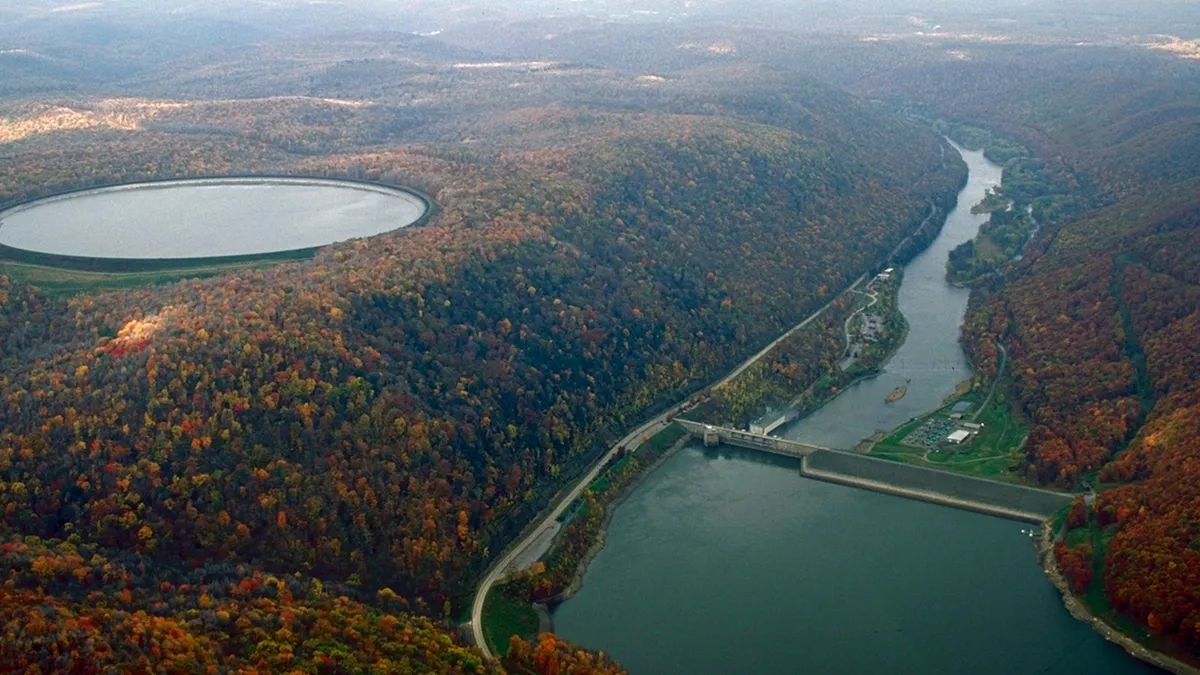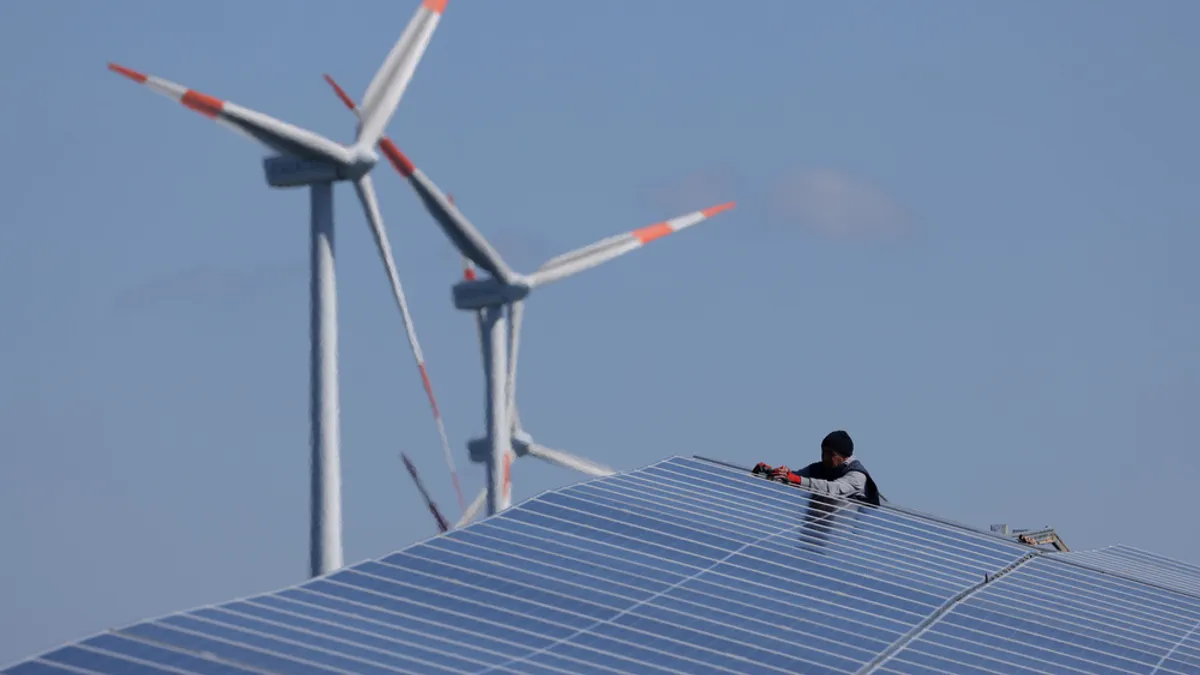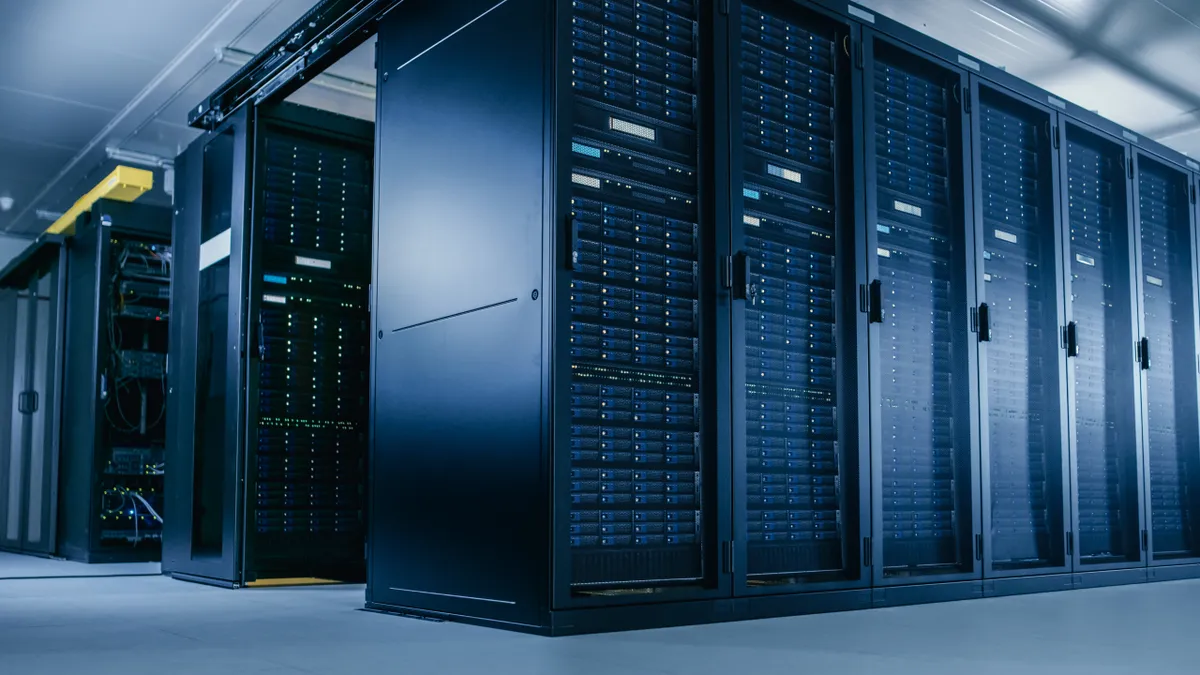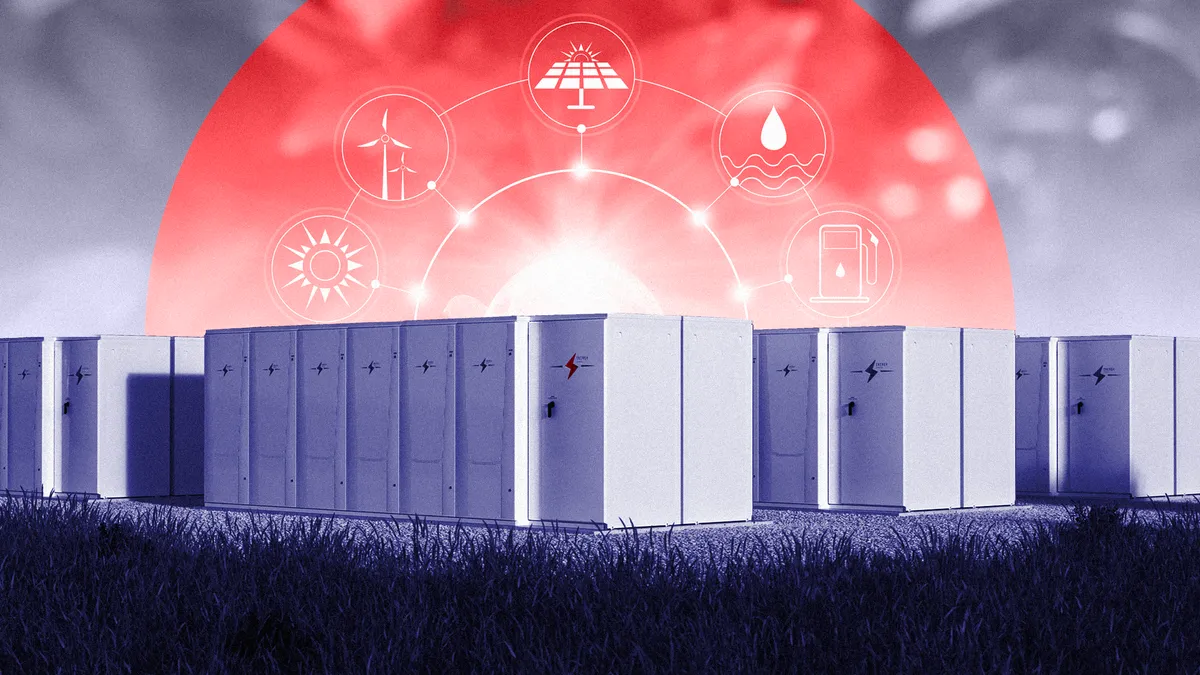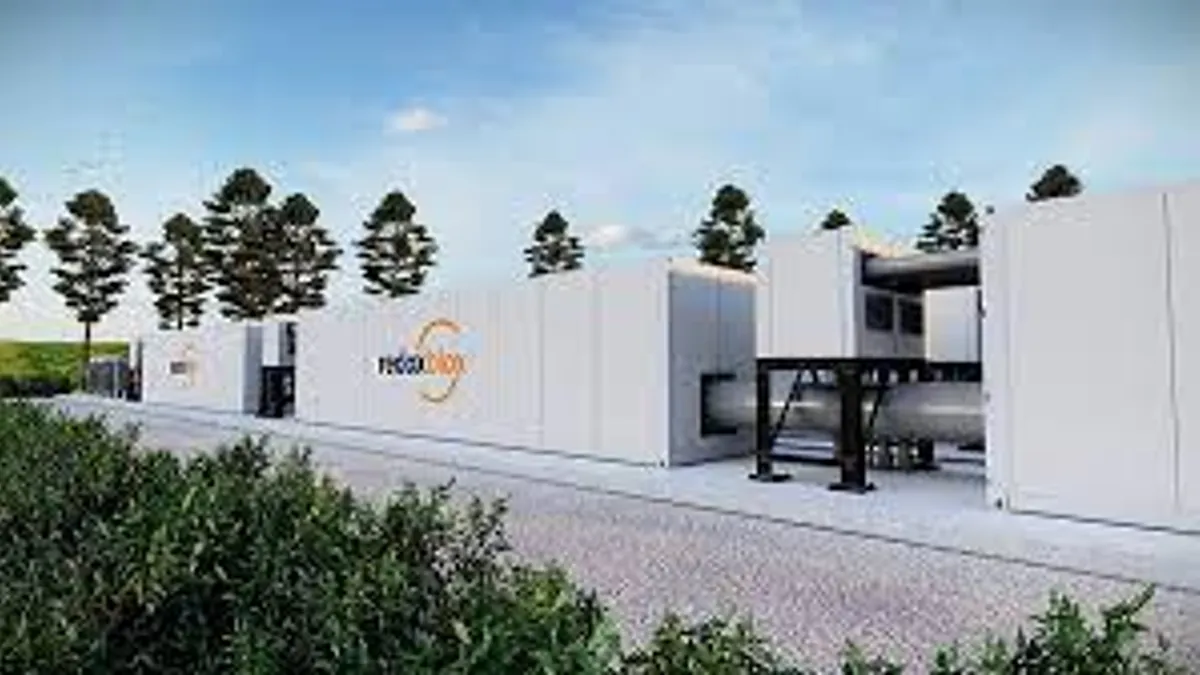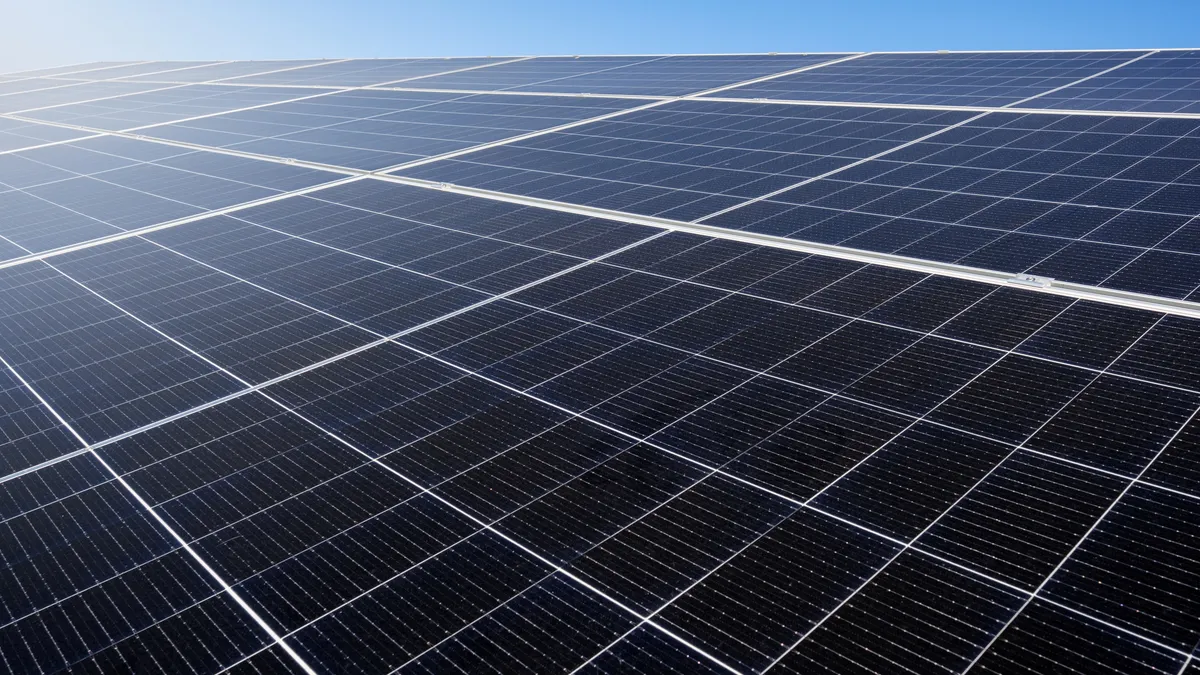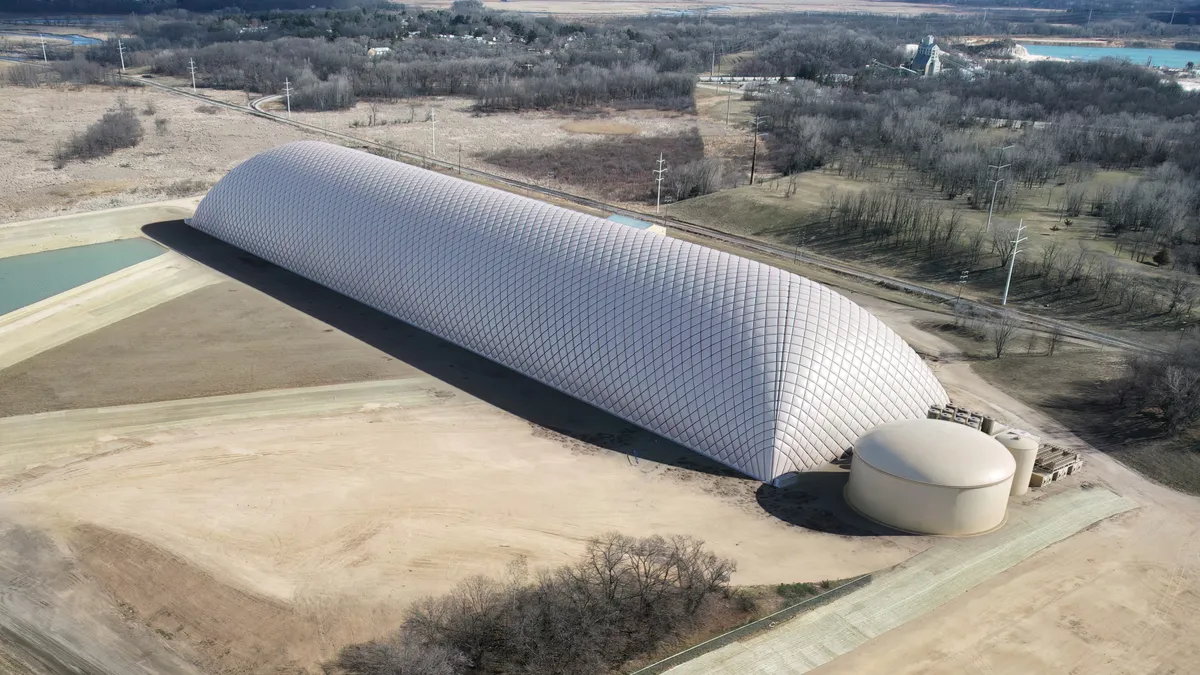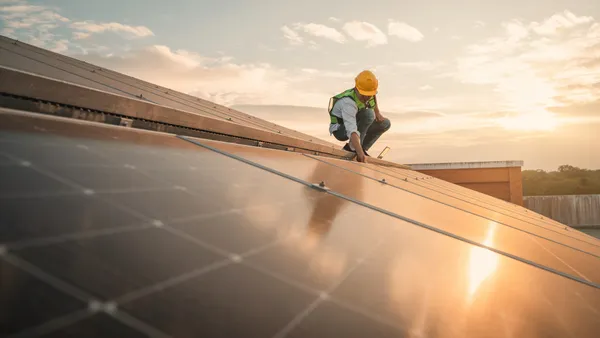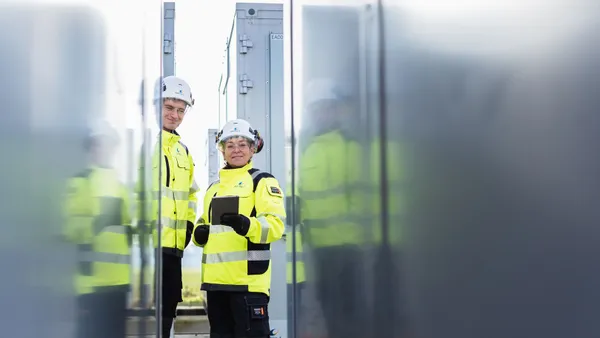A report from the Massachusetts Institute of Technology on the value of energy storage finds that combining certain storage technologies with wind and solar power projects can be economic at current prices in some locations.
“There is a window of opportunity right now with storage costs and wind and solar costs where they are,” says Jessika Trancik, one of the authors of the report and the Atlantic Richfield career development assistant professor of energy studies at MIT.
The study was published in Nature Climate Change and co-authored by graduate students William Braff and Joshua Mueller.
The premise of the study is that wind and solar penetration is currently so small that “they do not measurably contribute to climate change mitigation at current installations levels.”
The authors argue that low cost storage can play a pivotal role in furthering the penetration of those renewable resources by converting intermittent wind and solar power to on-demand power that is economically attractive to investors. But that opportunity for storage technologies, particularly pumped hydro and compressed air, could diminish as renewable energy costs continue to decrease.
Storage location: Influence limited
Solar and wind power projects are not going to make greater inroads unless individual investors have a reason to invest in them, Trancik said.
A lot of focus has been on the role storage can play in smoothing out the intermittent output of wind and solar power, but what matters to potential investors is the price curve rather than the demand curve, the authors argue.
One of the challenges in trying to make those evaluations is that it has been difficult to compare the costs of different storage technologies in “two dimensions" — that is, both in terms of energy (kWh) and power (kW).
The MIT study, “Value of storage technologies for wind and solar energy,” aims to bridge that gap with cost comparisons across technologies. Trancik said that earlier studies have quantified the benefits of particular storage technologies for given locations and uses, such as frequency regulation, energy arbitrage, converting intermittent renewables into baseload power, and increasing the profits of intermittent renewable energy. They have not, however, shown how the benefits depend on the two dimensions of costs for storage technologies.
Trancik and her colleagues looked at one particular application — bundling storage with solar and wind power projects in order to make those projects more economically attractive. To do that they modeled projects able to arbitrage power prices within the project. In other words, they studied utility-scale solar and wind projects able to store energy at off-peak prices and sell the stored energy at peak prices.
Going into the study they looked at conditions in different locations – California, Texas and Massachusetts — in order to capture the variations in price fluctuations and pricing regimes. They found, however, that if a particular storage solution was economical in one of their location, it would work in another.
Surprisingly, it turned out that despite wide regional variations in the average prices and the amount of variability in demand and pricing, “the best storage technology in one location is also the best in the other,” Trancik said. That was one of the surprises that came out of the study. “We didn’t know that going in,” she said.
Sometimes, however, location can dictate technology. For example, the authors found that in Texas, at today’s prices, pumped hydro systems can provide added value for solar or wind installations. By selling power into the grid at peak prices, the project would exceed the costs of adding storage system, they said.
Trancik admits, though, that there might not be a lot of opportunities for pumped hydro storage in Texas’ relatively flat landscape, but compressed air storage is also a viable low cost technology for those applications. California's topography, meanwhile, could more readily lend itself to new pumped storage projects.
In locations where storage can increase the value of solar and wind projects, pumped storage and compressed air technologies tended to dominate with their low energy costs and high power costs. The reverse is true of batteries, she said, but batteries have the advantage of being easier to deploy and less dependent on the physical features of the locations, such as high elevation reservoirs for pumped storage or large underground caverns where compressed air can be stored.
While batteries may be better suited for different, case-specific applications such as frequency regulation or backup power, non-battery storage options fared better for the kind of rate arbitrage examined, which requires long discharge times. Trancik said that investors should take advantage of current costs for solar and wind power, as well as falling storage costs to combine the technologies in instances where they can enhance the economics of a project.
Window of opportunity
By moving now to combine the technologies, investors could spur further cost reductions in storage technologies, the authors say. But if they fail to act, the window could close.
If wind and solar technology costs decline more rapidly than storage costs, it could reach an inflection point for investors where the economics of adding more solar or wind technology to build a larger project could outstrip the economic advantage of adding storage, Trancik said.
At current prices those technologies can work in concert to boost the profitability of a project, but that window will not stay open indefinitely, she said.
A late 2015 report from Lazard came to a similar conclusions. In that report, Lazard looked that levelized cost of energy storage and found that storage could be on the verge of a virtuous cycle in which greater adoption spurs storage costs declines and that, in turn, spurs higher rates of deployment.
At current prices, Lazard also noted that pumped hydro and compressed air storage can be competitive with gas peakers, along with some applications of lithium-ion batteries:
Despite the rosy findings for the economics of non-battery storage, researchers largely agree costs of battery systems will need to decline further before they become truly widespread. A separate report by MIT and Argonne National Laboratory earlier this year found that continued innovation and cost declines for lithium-ion batteries and other electrochemical storage technologies will be necessary to economically justify large-scale deployment in future low-carbon power systems.
In short, “costs have to improve before we see ubiquitous adoption of storage,” Jesse Jenkins, an MIT PhD candidate and one of the authors of that study, said.


